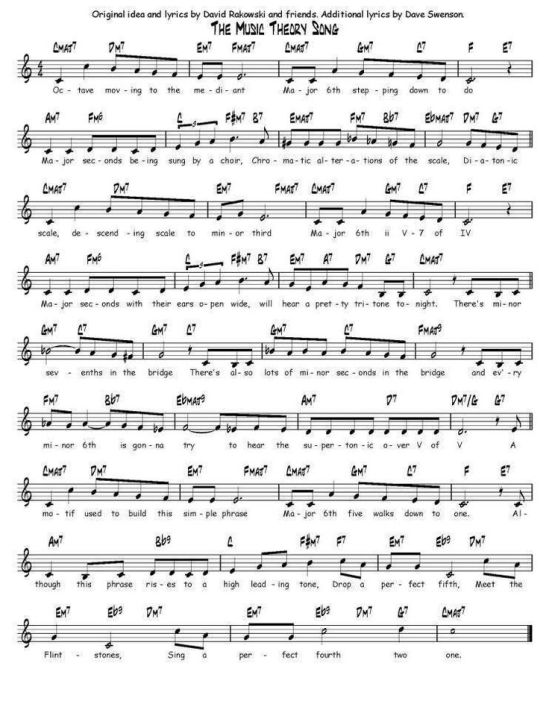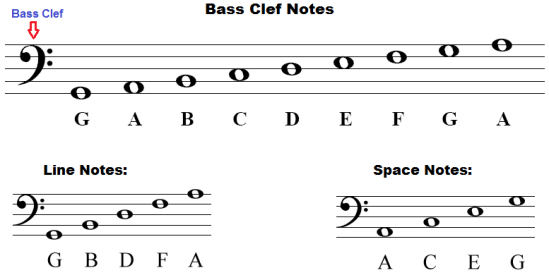‘Intervals Roasting’ – The Most Educational Christmas Carol Ever
Saturday, December 7, 2024 by Mary O'Connor | theory
Music theory has never sounded so catchy with this witty remake of the holiday classic The Christmas Song (with apologies to Mel Torme) Try not to laugh at the ending.
Though it is a bit humorous, this version titled ‘Intervals Roasting’, with lyrics by David Rakowski, attempts to encapsulate the fundamentals of music theory in just over two minutes.
It does a good job of explaining the intervals and harmonic structure of the song and also gives you an idea of how to use music theory to analyze or compose music.
The O'Connor Music Studio has a copy if anyone wants to learn this :)
The Cool Bass Clef
Thursday, September 19, 2024 by Mary O'Connor | theory
Learn the notes of "The Cool Bass Clef" by watching this cool animated video. Music by Karl Hitzemann. Animation by Bill Belongia.
Back To School Book Of Note Reading Boosters
Saturday, August 24, 2024 by Mary O'Connor | theory
Some students will be getting this new book the first lesson this fall.
With The Back To School Book Of Note Reading Boosters, you and your students have a jam-packed resource that can be used at home for extra practice or during lessons for off-the-bench activities.
Inside your students will discover back-to-school-themed mazes, color-it mystery pictures, word searches, pattern play, dot-to-dot journeys, tic tac toe, and board games; all designed to reinforce note reading in C position.
In addition, the book includes a build-your-own note printing solo, a mix and match sight reading solo, and a make-a-motive composing solo.
This year, show students just how fun note reading can be with The Back To School Book Of Note Reading Boosters.
Enjoy!




